At the Nordic Dairy Congress, the dairy industry and the supplier industry were convinced of a strong position in the global food market in 2050.
The professional part of the Nordic Dairy Congress was launched on Thursday morning, when the 333 participants had found their way to the Clarion Hotel in Malmö. The day began with welcome speeches by Maria Glantz, President of the Nordic Dairy Congress, Marie Paulsson, Chairman of the Programme Committee, and Malmö Mayor Carina Nilsson.
Then toastmaster Theis Brøgger, Director of Corporate Communication, Arla Foods UK, addressed the first topic of the congress, where five representatives from both the dairy industry, the supplier industry, and the universities gave their take on the dairy industry’s position in 2050, taking into account the UN’s 17 Sustainable Development Goals. And although the future is difficult to predict, the panel was quite aware of the fact that the food industry faces major challenges in relation to the climate issue and in relation to the earth’s population growing by more than 2 billion people who need to be fed.
Asia wants more milk
- We need to feed more mouths, we are getting older, and far more people want to live in the cities without the opportunity to grow their own food. And the dairy industry must contribute to meeting the UN goal that everyone has the right to healthy and adequate food and nutrition, Judith Bryan of Dairy UK, underscored, noting that the dairy industry in the Western world might have slept a bit in communicating the many nutritional benefits of dairy products.
- Asia and Africa are much more focused on the vital contribution of dairy products to public health, and nobody questions the goal of increasing consumption, Judith Bryan underlined. She also pointed to the importance of unfolding the whole story in relation to the UN goals, so one can notice how dairy farming also contributes to lifting small farmers out of poverty.
Data and documentation are key
The need for stronger communication was also addressed by Brian Lindsay from the Dairy Sustainability Framework (DSF), which works to gather documentation and global experience with milk production and dairy operations.
- What you can’t measure, you can’t control. Therefore, data and documentation are key for us to develop production in a sustainable direction, Brian Lindsay underscored, at the same time pointing out the importance of sharing experiences from the numerous development projects that are being worked on in all parts of the world.
- Here, the dairy industry is well positioned compared to many other food industries, because you are well organized, and there is a strong tradition of cooperation and knowledge sharing, Brian Lindsay said. He further stressed that it is important to understand the different conditions under which milk production takes place, as the majority of the world’s milk production is in fact produced by small producers with 2-3 cows.
Tetra Pak believes in ‘Mission Possible’
The supplier industry was represented by two heavyweights, Tetra Pak, which is also a gold sponsor of the congress, and Chr. Hansen.
Alex Henriksen from Tetra Pak was convinced that the large packaging supplier could break ‘Mission Impossible’, which consists of making production both more sustainable and cost effective in the same operation. Tetra Pak’s business plan includes a number of ambitious targets for climate, natural issues, and recycling, as by 2030, CO2 emissions must go to zero – and by 2050, be zero in all stages of the value chain. This requires a significant transformation in many stages, but Alex Henriksen was pleased that significant improvements in own production had already been achieved through the transition to green electricity, phasing out fossil fuels in transport tasks, use of aluminium produced from green energy, and fewer business trips.
Raw materials for Tetra Paks carton and equipment production accounts for 41 percent of Tetra Pak’s total CO2 load, and despite the fact that the aluminium consumption, for example, has increased by 8 percent, the CO2 load has already been reduced by 34 percent.
- With better packaging solutions, we will work with our customers to ensure less food waste and a production that uses less water and energy, Alex Henriksen underscored.
Chr. Hansen focuses on waste and health
Reducing food waste is also central to Chr. Hansen’s contribution to a green food production. 17 percent of all dairy products are wasted, the majority due to exceeded shelf life. If you increase the shelf life of yoghurt by 7 days, the waste can be reduced by 30 percent.
CEO Mauricio Graber was proud that 82 percent of the Group’s products contribute directly to sustainable food production, for which it received a number of international recognitions. Among other things, the CEO pointed to a number of enzymes and cultures that delay the development of pathogens (moulds) and thus extend the shelf life. And the list is long of cultures that support intestinal and immune health in both adults and infants, replacing chemical pesticides in plant breeding, being other examples of the Group’s contributions to the UN sustainability goals, Mauricio Graber emphasized in the last contribution of the day.
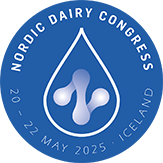
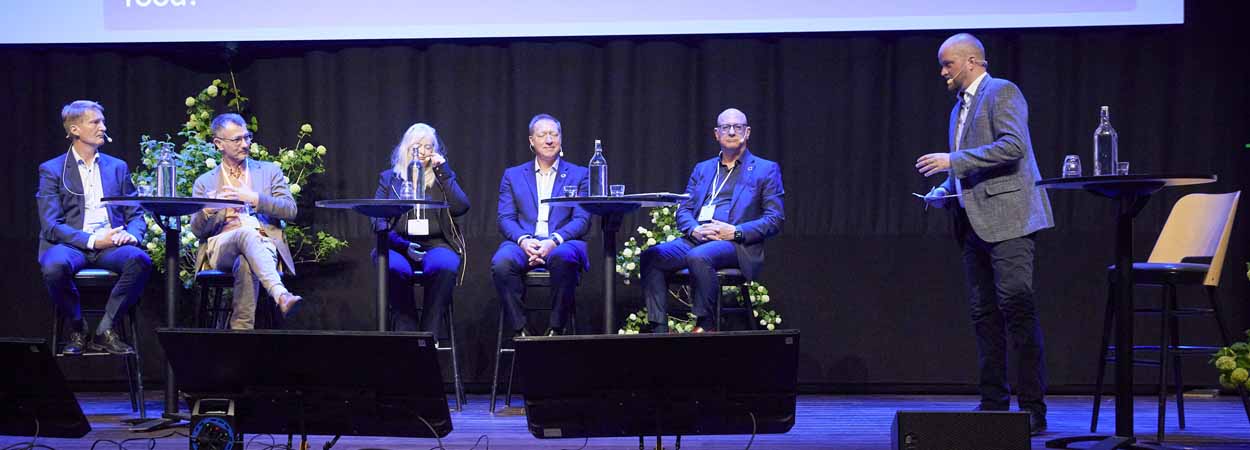






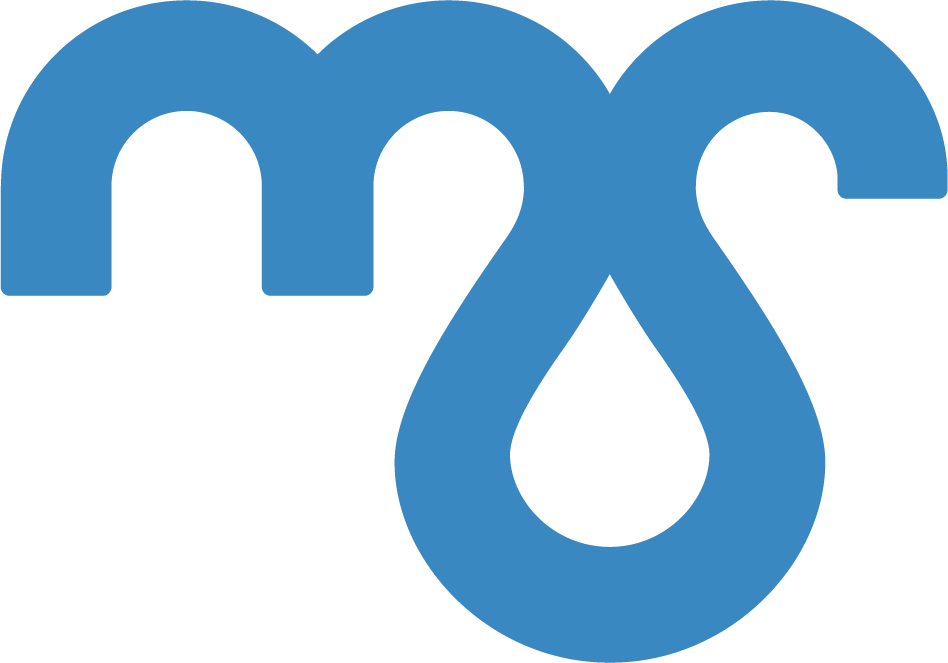
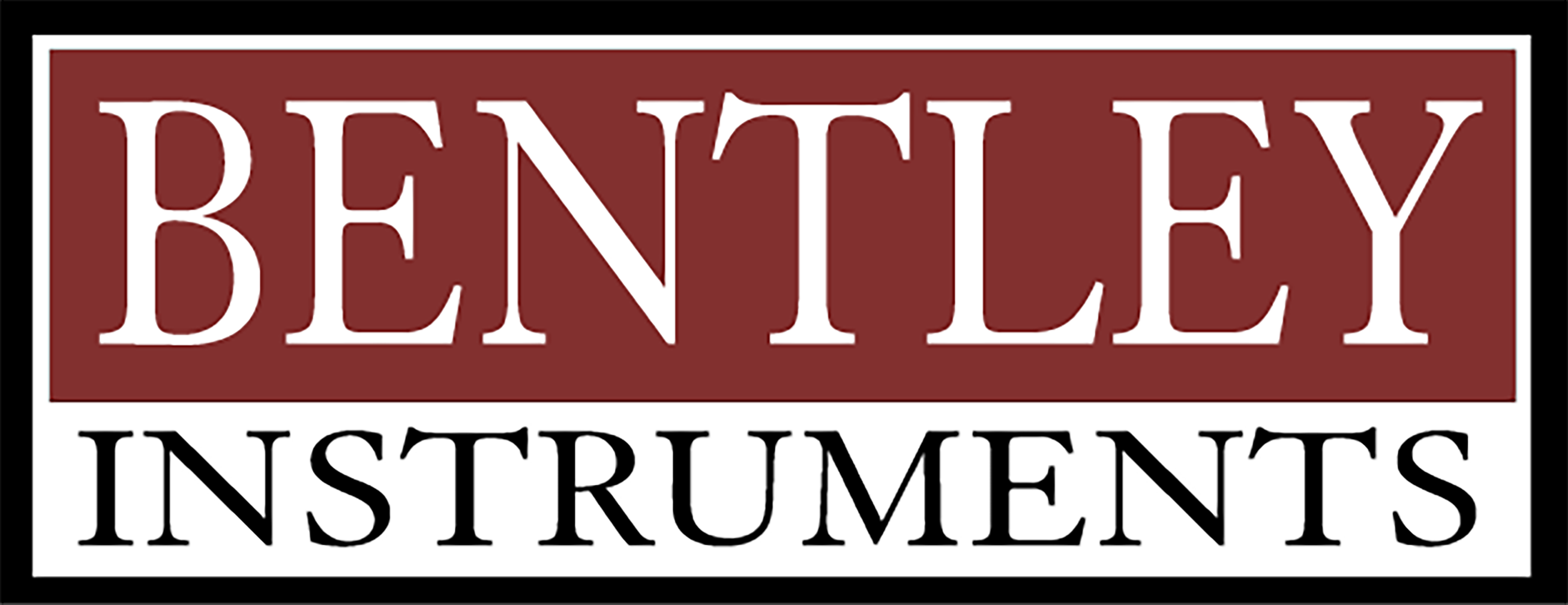
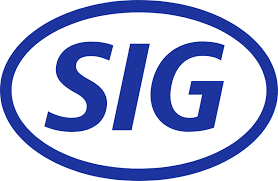



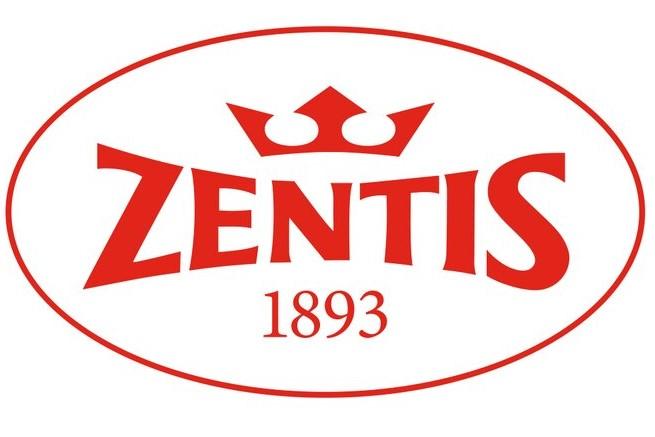
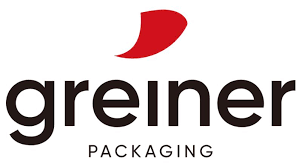
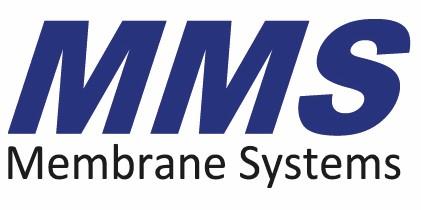


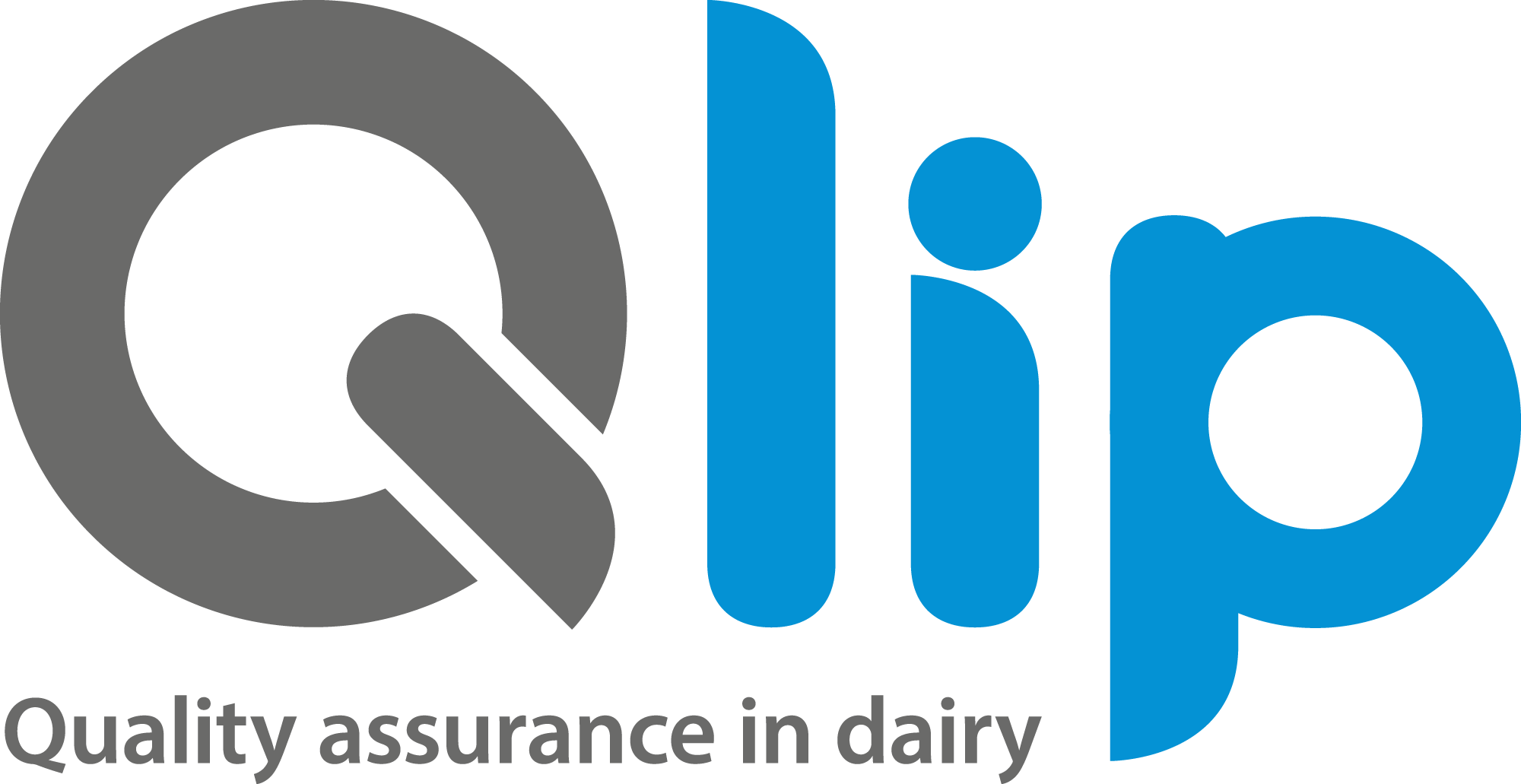
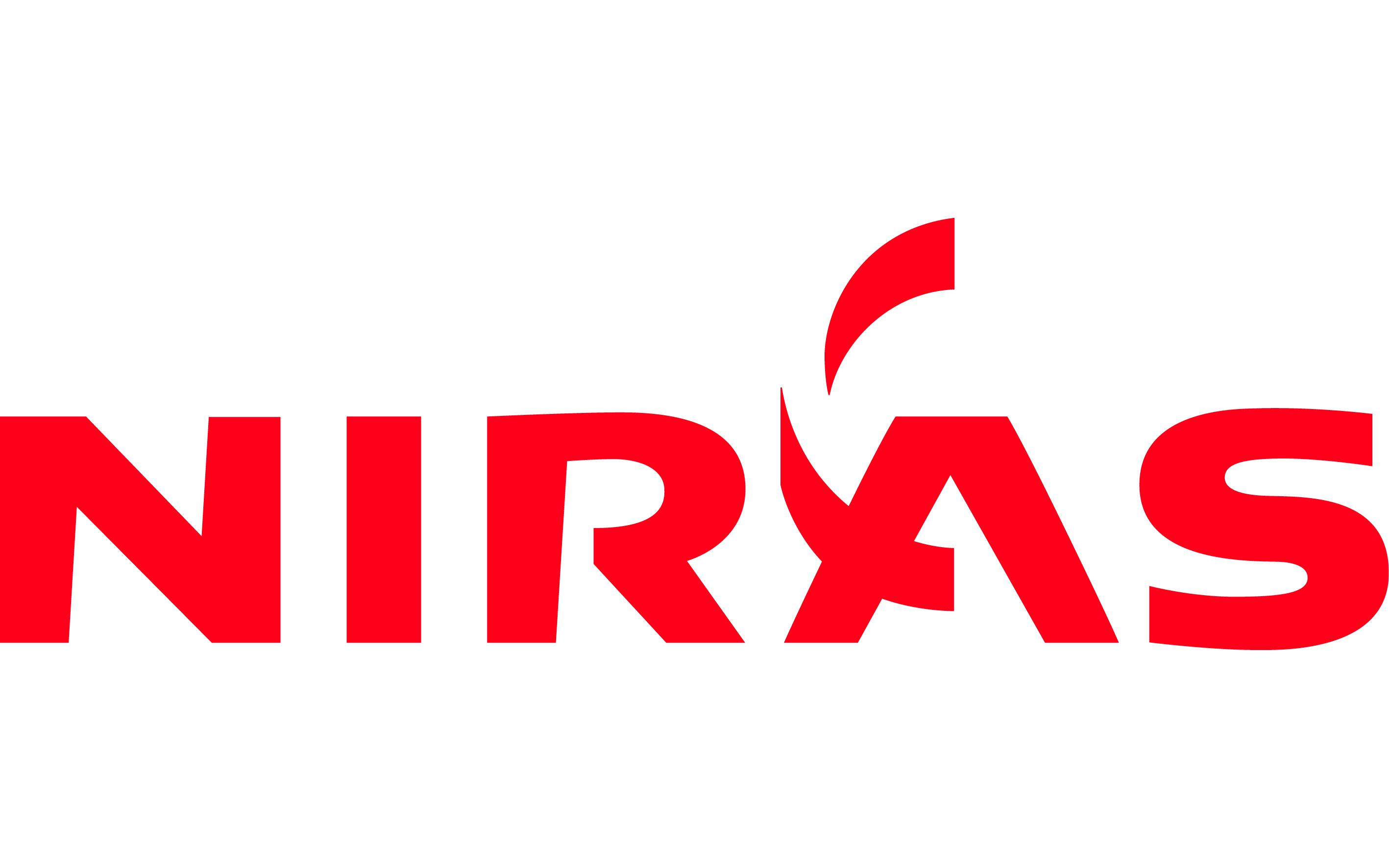
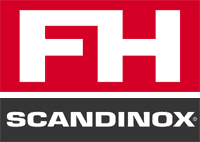

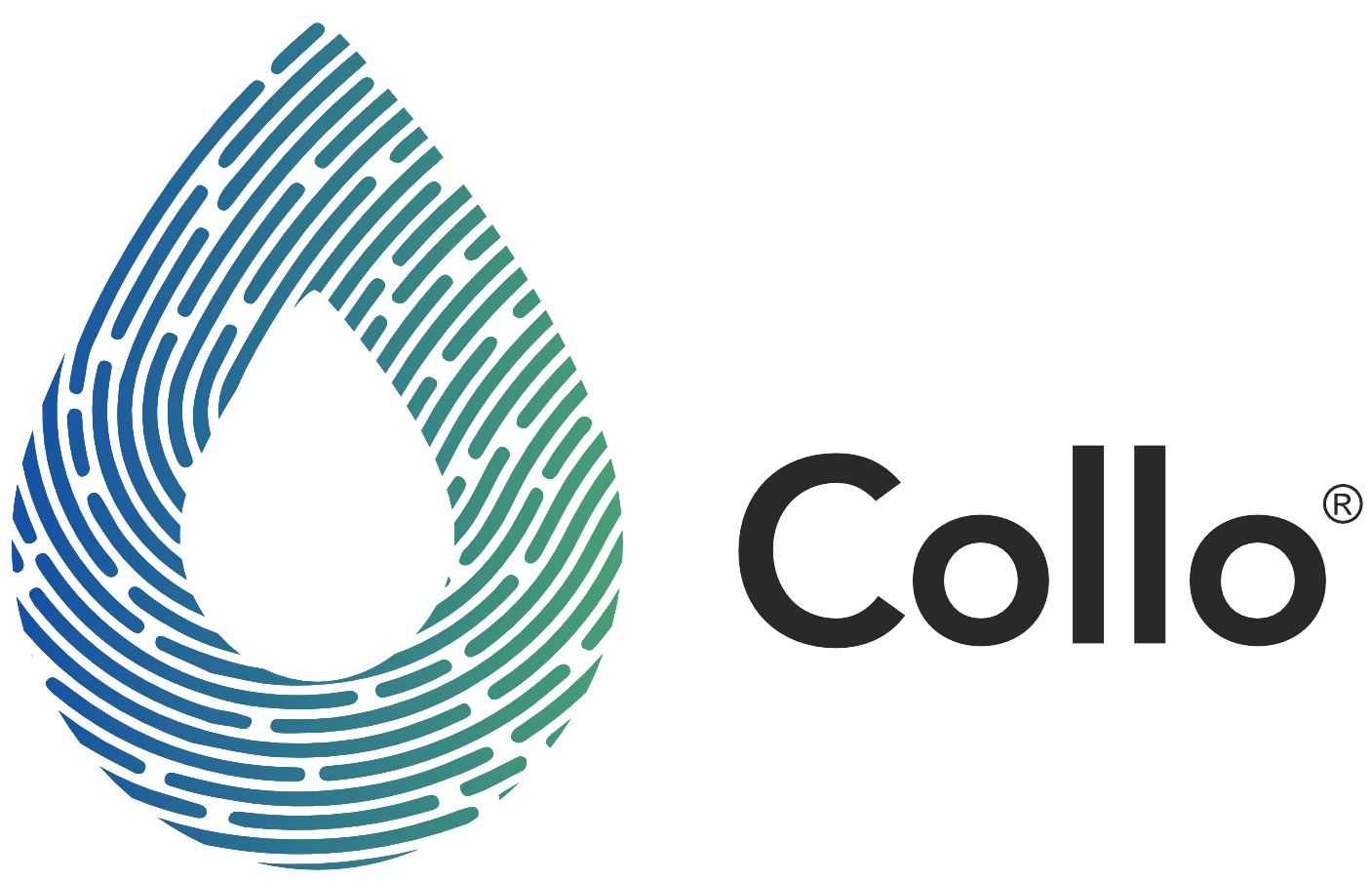
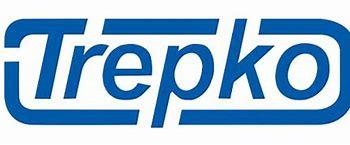





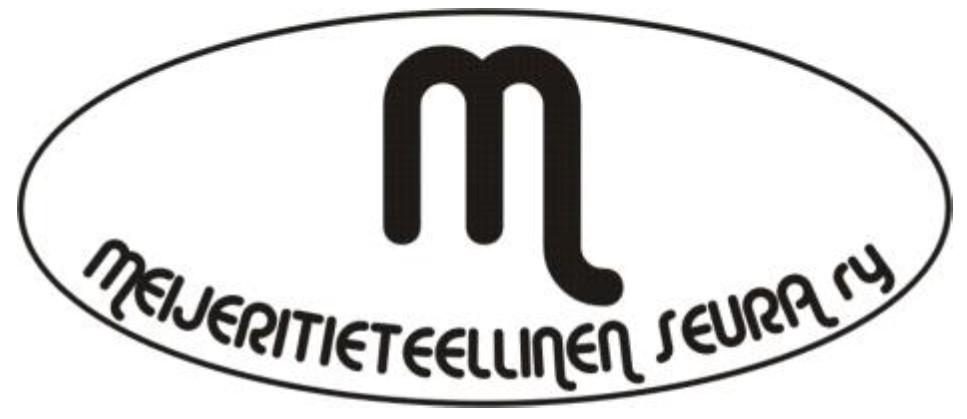
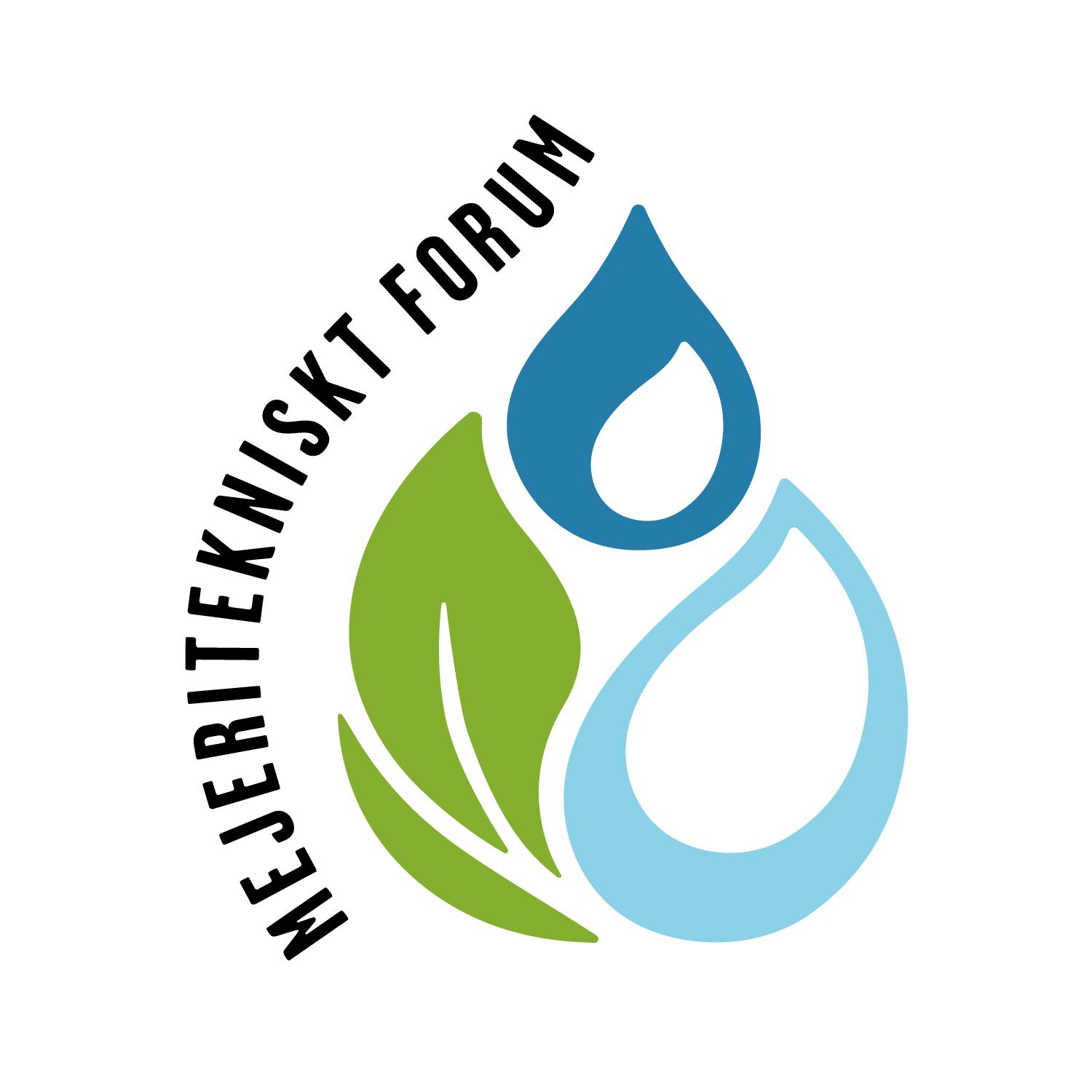
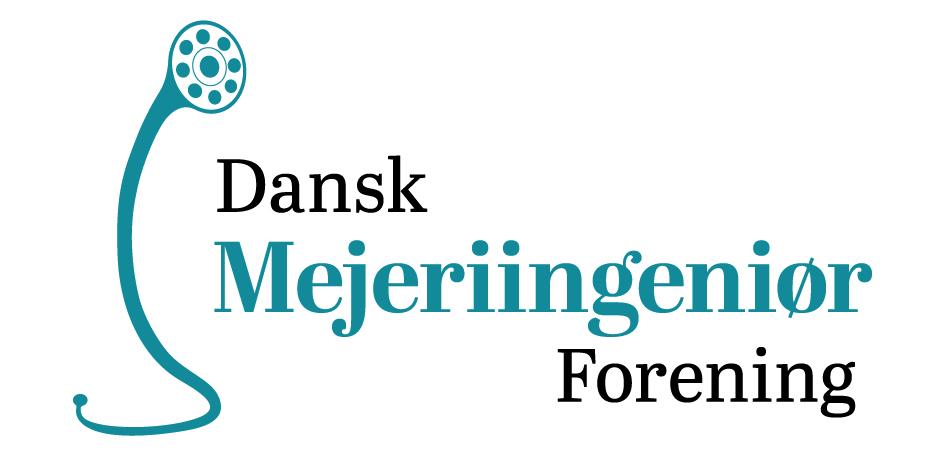
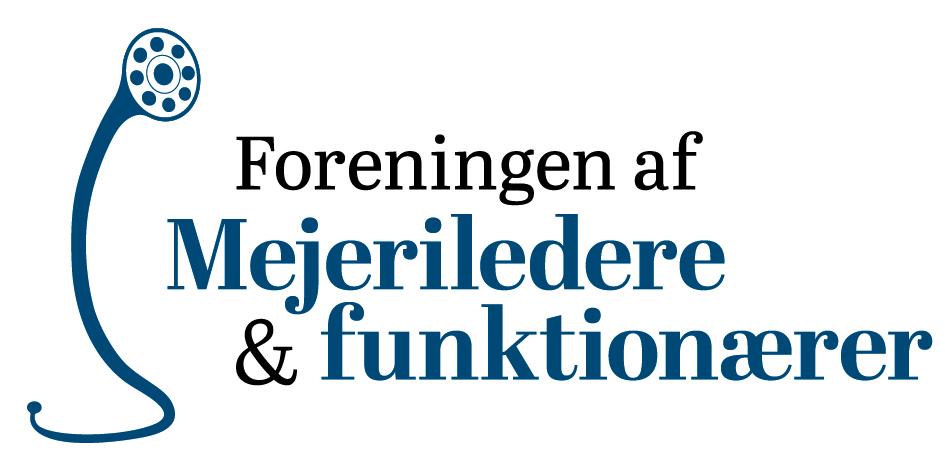



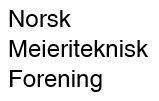
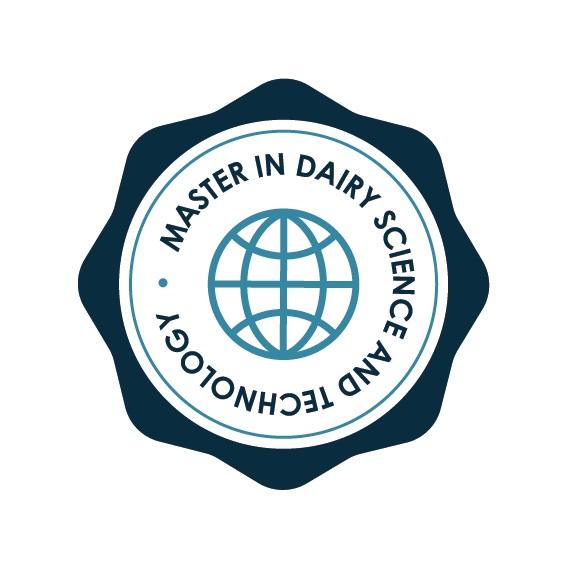


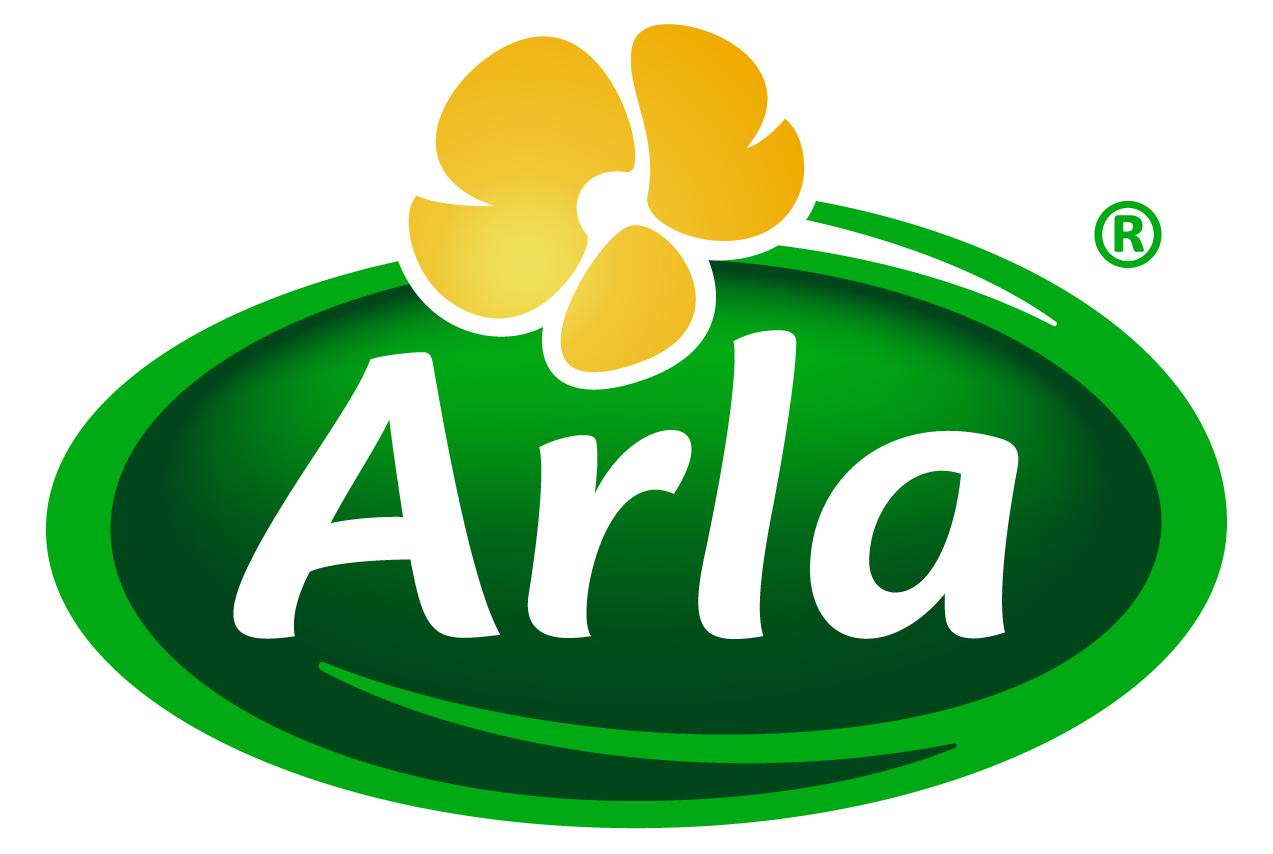

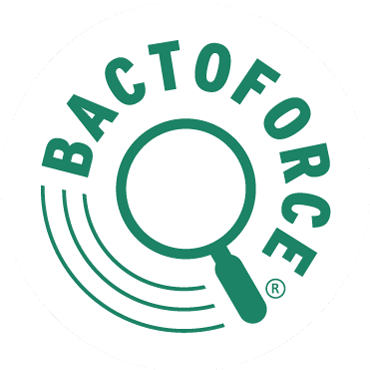

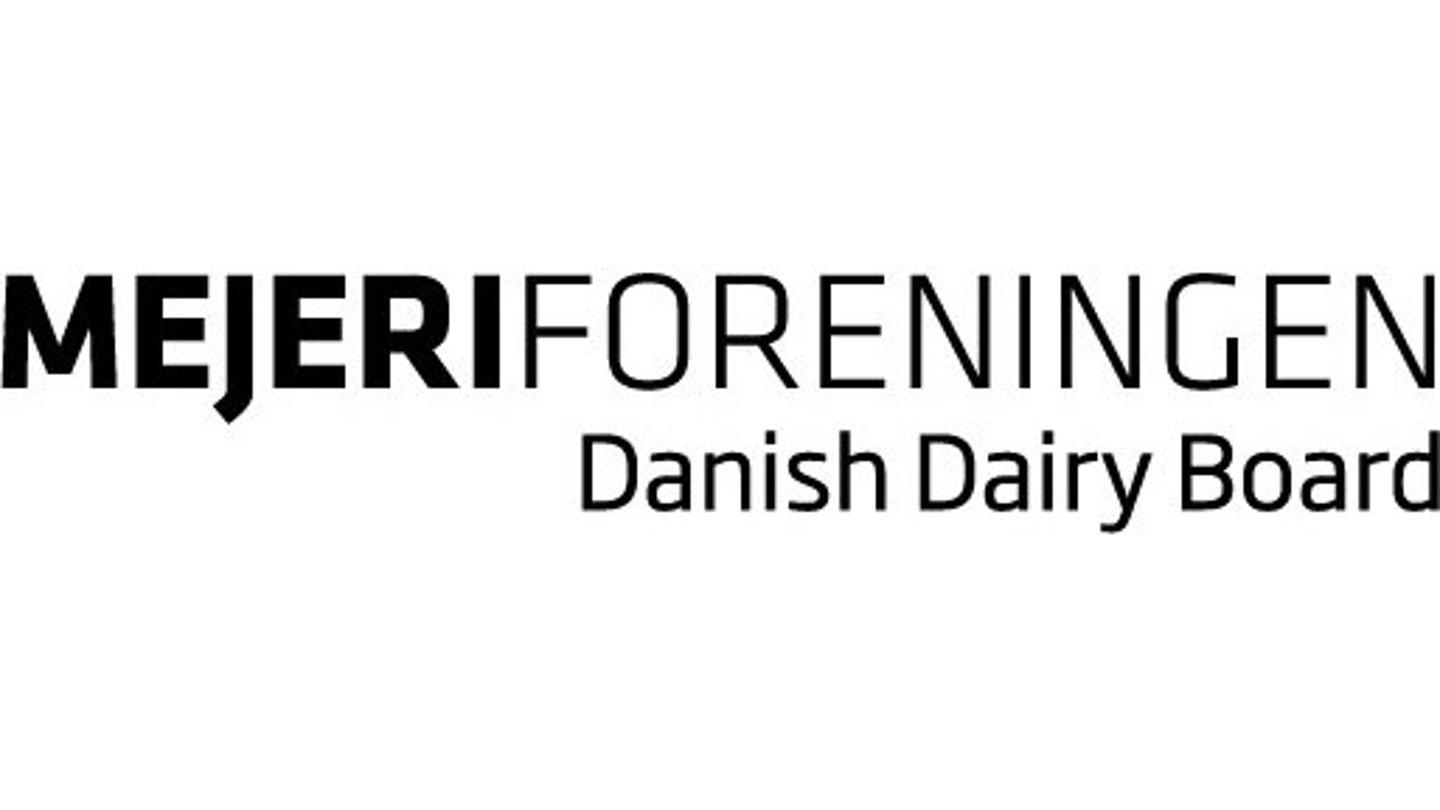
 Munkehatten 28
Munkehatten 28